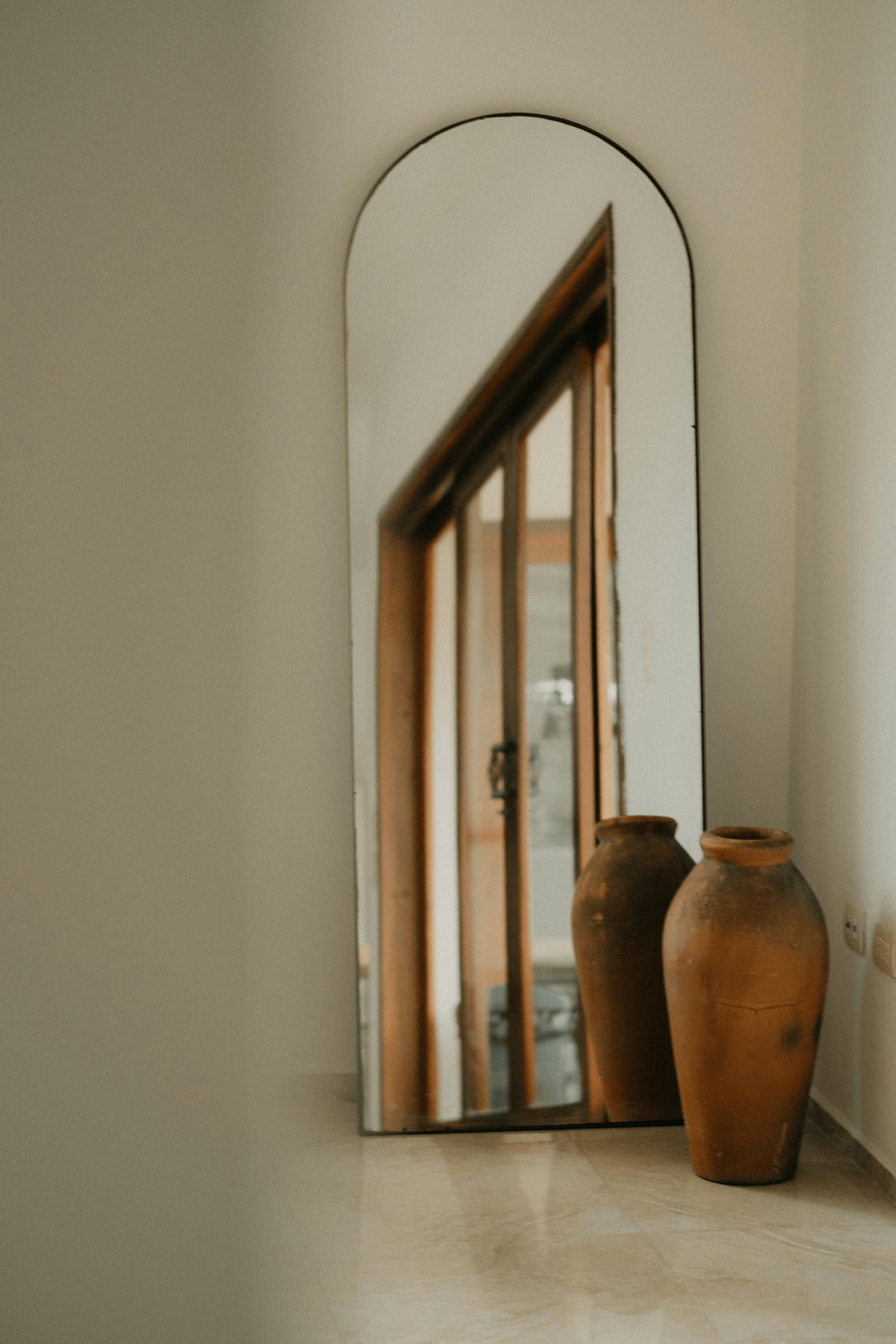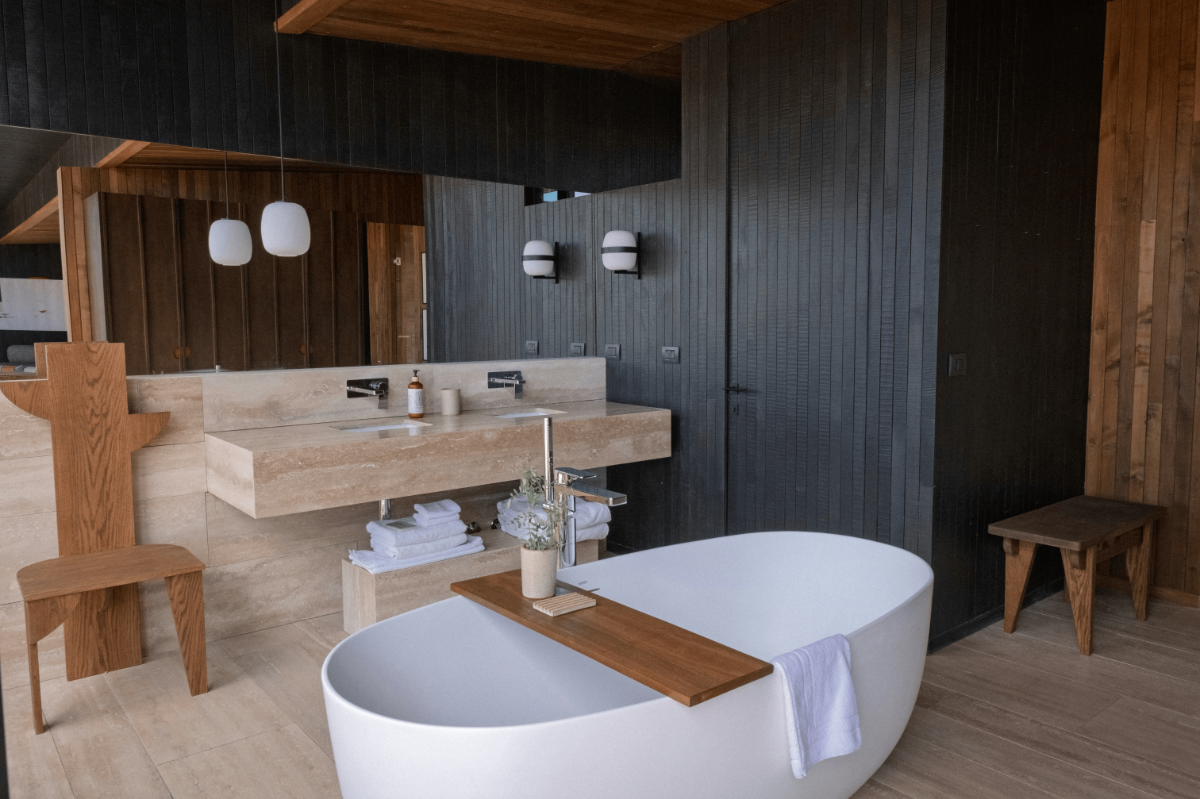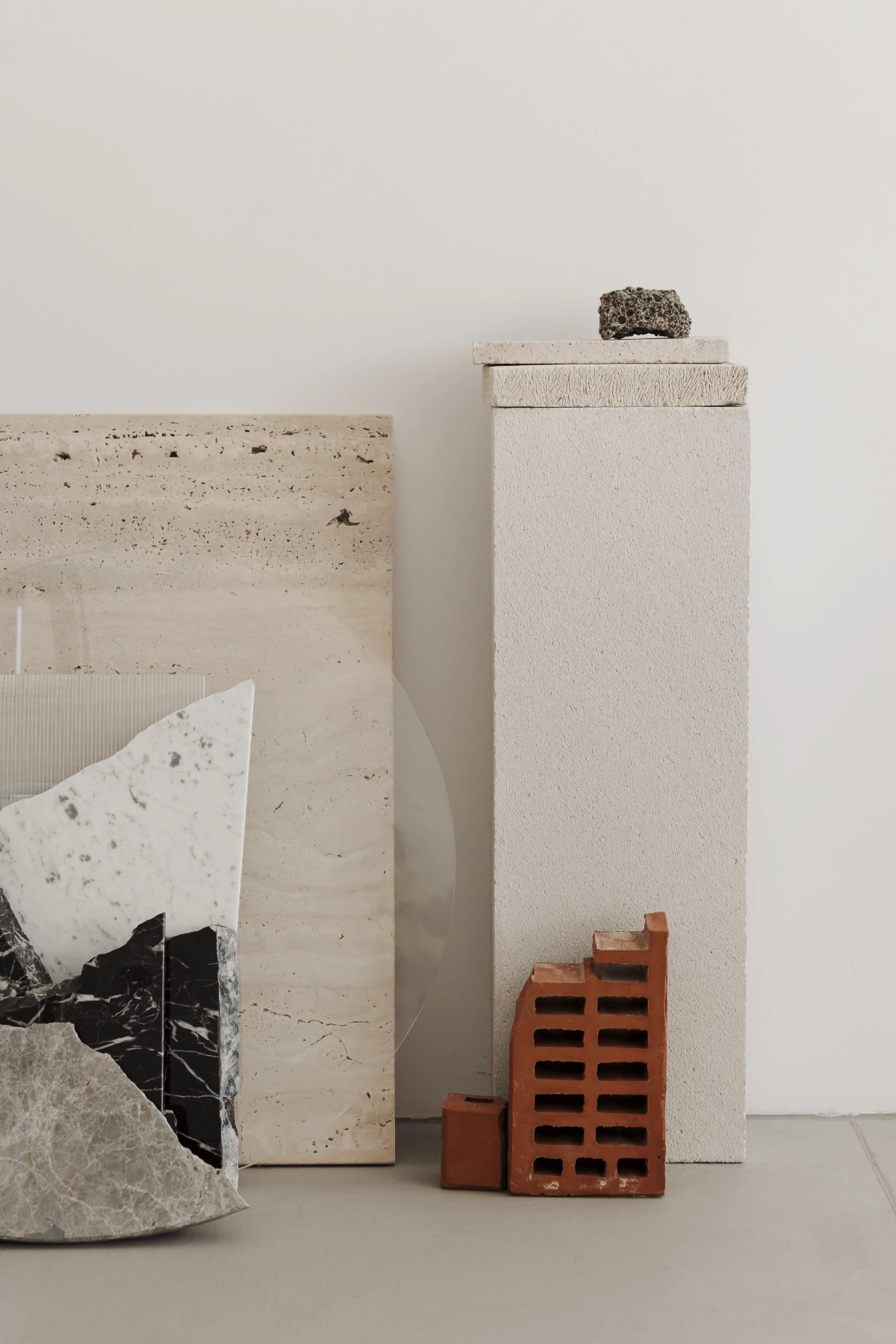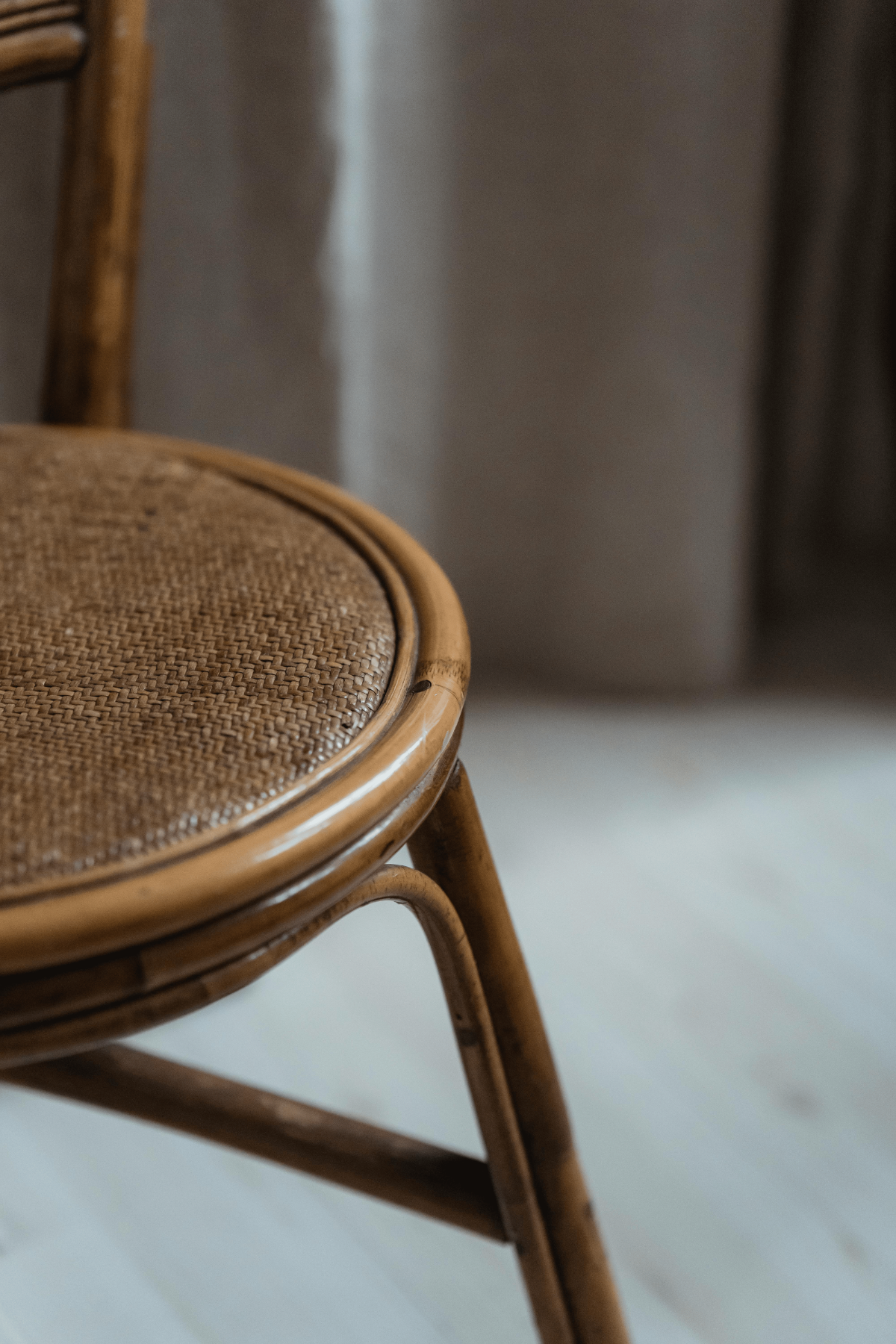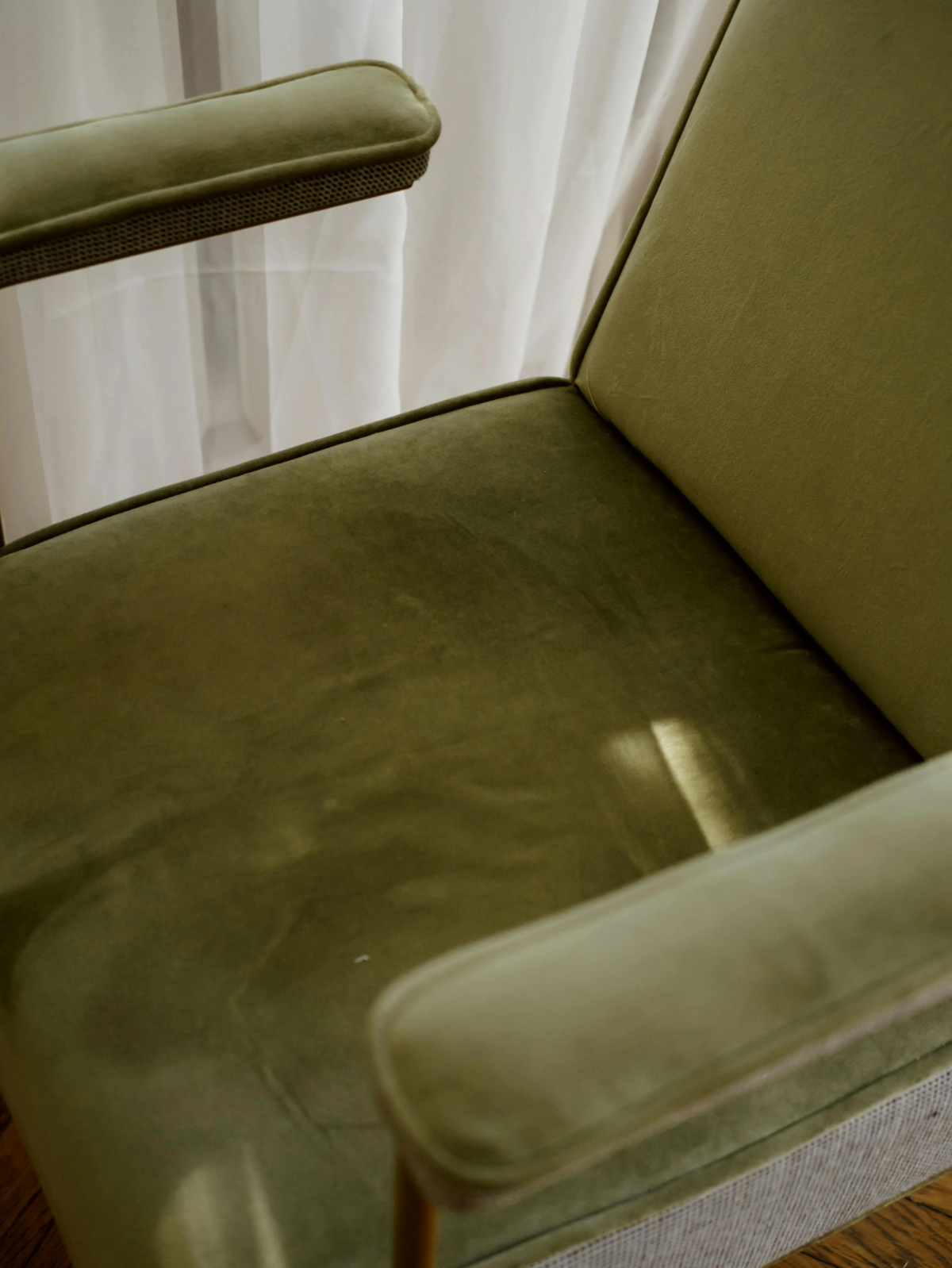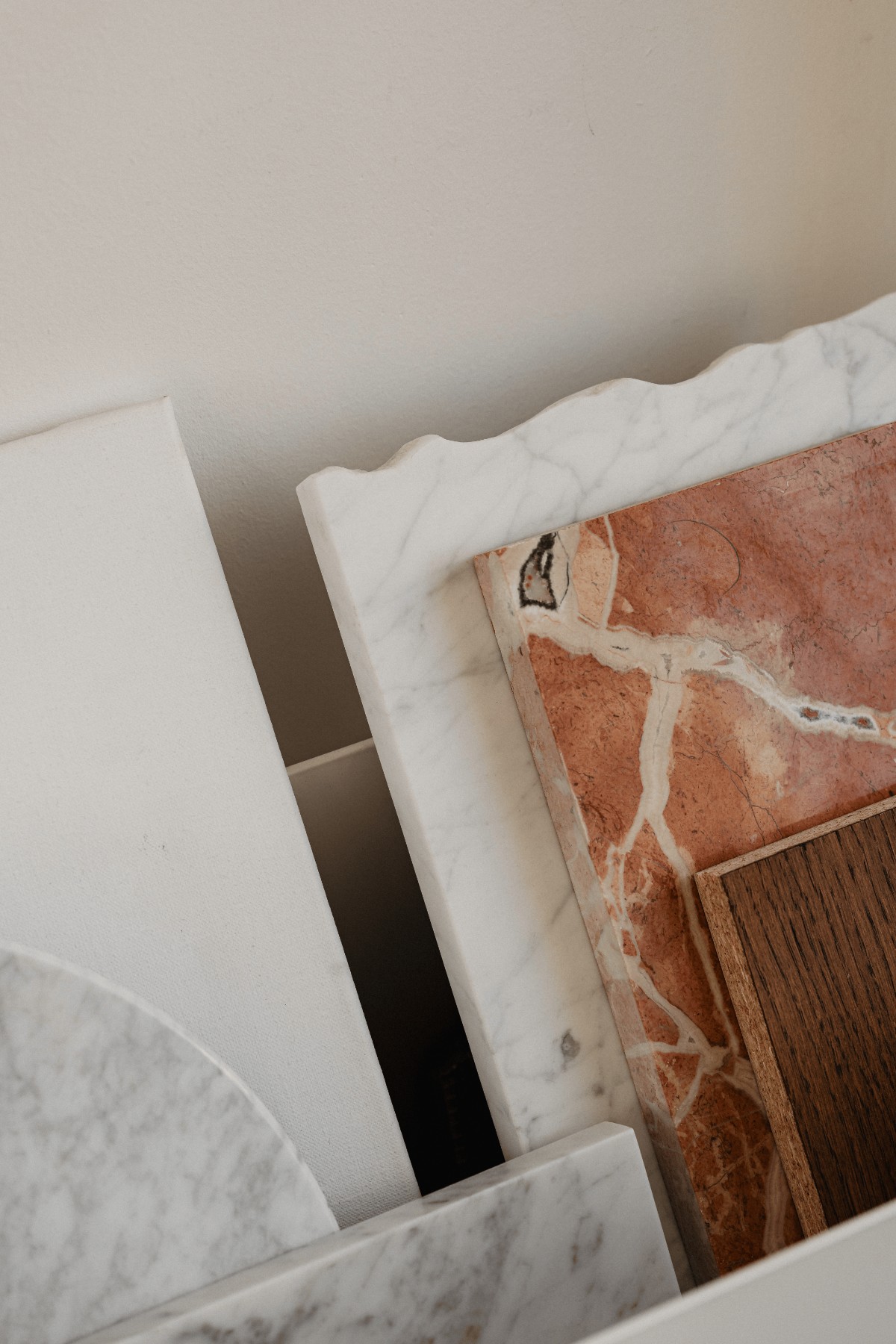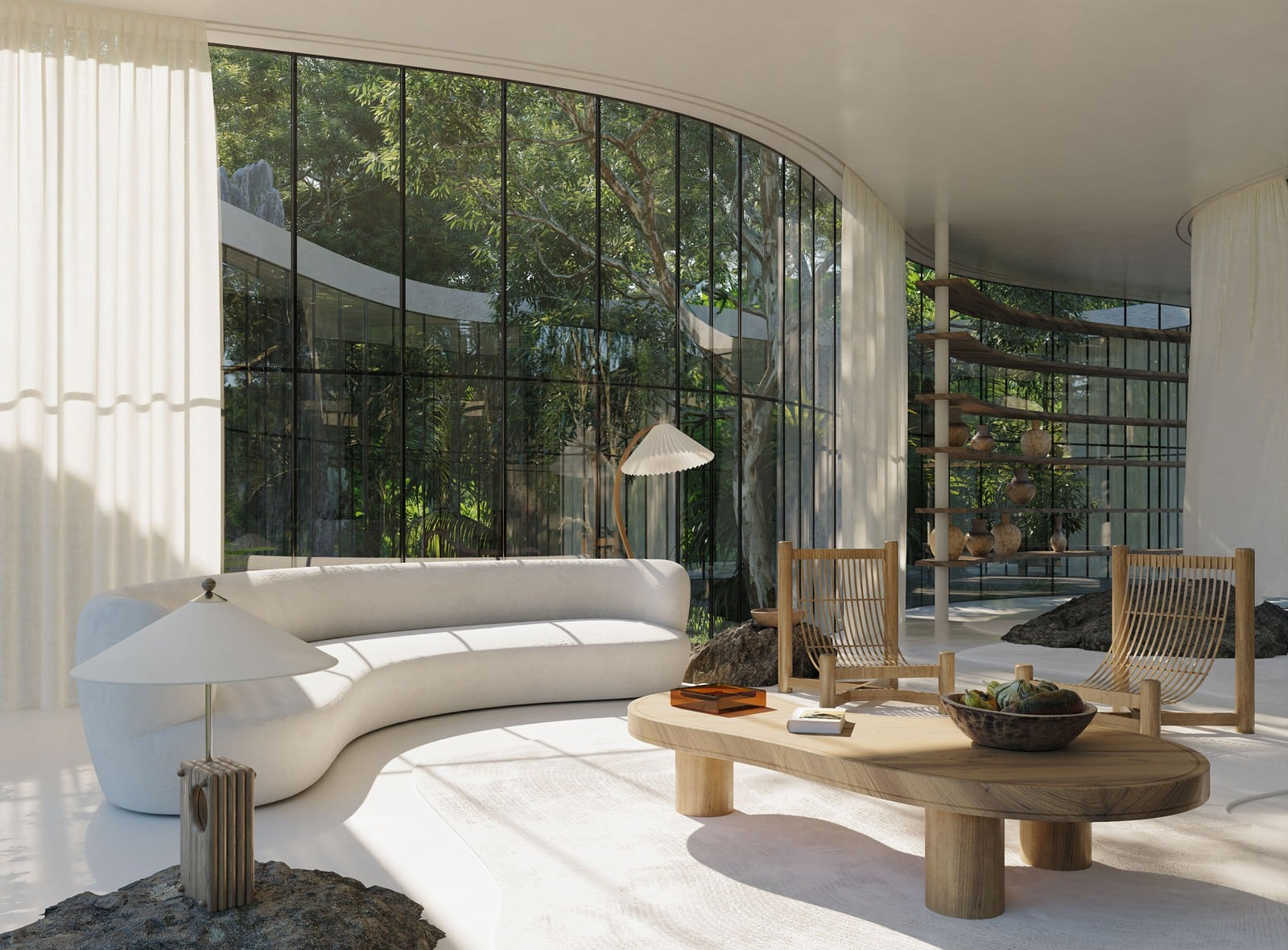Sustainable Interior Design Guide 2025: Circular Principles
Last update October 30, 2025
Sustainability in interior design for 2025: bio-based materials, modular furniture, reclaimed wood and smart energy tech cut carbon and boost indoor air quality.
Sustainable interior design encompasses creating spaces that have minimal negative environmental impact, nurture occupant well-being, and conserve global resources. In 2025, that mission has matured into a fully circular interiors movement where every finish, fixture, and furnishing is evaluated for its entire life-cycle footprint, from extraction to everyday use to eventual reuse. Rather than chasing short-lived trends, the sustainable interior design industry prioritizes durable and timeless spaces that reduce the demand for constant replacement and waste.
Table of Contents
Affiliate Disclosure
Some links in this post are affiliate links. That means we may earn a small commission, at no additional cost to you, if you choose to make a purchase. These are always brands, stays, or experiences we would recommend to a dear friend. Thank you for supporting the quiet sustainability of Terra Selene.
The Philosophy Behind Circular Interiors
At its core, sustainable interior design is an ethical pledge to future generations: what we specify today must neither deplete the environment nor compromise social equity tomorrow. In designing interiors through a circular lens, the sustainability statement of interior design follows key principles such as low-emission materials, equitable labor practices, and layouts that can adapt as lives evolve. While green design centers on near-term energy savings, sustainable design takes the broader view, considering social, human, performance, and financial implications across decades. The goal is to shape interior spaces that are both beautiful and environmentally responsible, spaces that honor conscious materiality and the mindful sourcing principles explored in our guide to sustainable home décor, remaining functional long after fashion fades.
Choosing Sustainable Materials
Responsibly-Sourced Natural Materials
Wood, stone, and cork have anchored interiors for millennia, yet their regenerative potential hinges on sourcing. In eco-friendly interior design, certified-forest lumber with traceable chain-of-custody records ensures harvest levels that protect biodiversity and support Indigenous communities while aligning with the latest trends in transparency. Natural stones, granite, slate, and even marble offcuts emit negligible volatile organic compounds (VOCs) and lend elemental gravitas to hearths, countertops, or accent walls. When quarried under strict land-rehabilitation mandates, stone’s long lifespan offsets its extraction footprint, especially compared with petro-based synthetics that degrade quickly.
Bio-based finishes are also booming. Algae-pigment paints consume CO₂ while curing, and linseed-oil waxes nourish timber without releasing toxins. By specifying these emerging coatings, designers support a supply chain where chemistry shifts from harmful solvents to plant-derived binders, proving that the latest trends in sustainable style can be both innovative and restorative.
Reclaimed and Recycled Resources
No material embodies circularity more vividly than reclaimed wood. Salvaged barn beams or factory flooring reappear as dining tables, ceiling cladding, or statement stair treads, each knot and nail hole telling a carbon-positive story. For interior designers committed to a sustainable future, these pieces of reclaimed wood furniture dramatically lower environmental impact while adding narrative texture. Other up-cycled stalwarts include recycled-glass terrazzo, low-carbon concrete using fly-ash, and recycled aluminum products that slash energy use by up to 95 percent compared with virgin smelting. Such choices illustrate how using recycled materials and thoughtfully recovered materials directly reduces demand for newly extracted raw inputs.
Innovations in Sustainable Textiles
Fabric innovation is sprinting ahead: mushroom mycelium “leather” fashions supple chair backs; orange-peel cellulose becomes silky drapery; pineapple-leaf fiber (Piñatex) upholsters headboards with exotic tactility. These innovations in sustainable textiles sidestep livestock methane, chromium tanning, and water-intensive cotton, all while dazzling the design eye. Paired with plant-based dyes, they keep indoor air quality pristine and bring a quiet narrative of regeneration into every fold and seam.
Modular and Timeless Design for Longevity
Furniture once arrived as monoliths, heavy, single-use, destined for landfill, but once lifestyles changed. Today, modular furniture champions a new logic: reconfigurable sofas, tool-free shelving, and magnet-joined case goods invite infinite recombination. Need a reading nook? Detach two modules. Hosting friends? Clip in a corner piece. This flexibility means one set can traverse studios, family homes, and retirement downsizing without losing relevance. Beyond furniture, joinery systems that screw (not glue) allow panels to be swapped and metal brackets to be repurposed. Together, these details embody the principle that sustainable interior design promotes timeless designs: invest once, adapt often.
Energy Efficiency and Smart Tech Integration
A circular interior must also curb energy consumption and limit the energy needed for day-to-day comfort. Orientation that maximizes natural light and minimizes reliance on artificial light trims daytime lighting demand, while operable shading keeps cooling loads low, benefitting both occupants and the wider environment. High-efficacy LEDs, occupancy sensors, and app-based smart switches ensure energy-efficient lighting solutions use power only when necessary. Behind the scenes, real-time energy-monitoring dashboards reveal usage trends, empowering homeowners to fine-tune habits and lower utility costs further, a synergy of eco-luxury and fiscal sense.
Indoor Air Quality and Human Well-Being
Air is our most consumed resource, yet conventional interiors saturate it with formaldehyde, phthalates, and other off-gassed chemicals. Sustainable practice flips that norm. Using non-toxic, low-VOC materials in paints, sealants, and fabrics slashes indoor pollutants by up to 90 percent in the critical first year of occupancy. Operable windows paired with silent energy-recovery ventilators exchange stale air for fresh without thermal loss. Plant walls metabolize airborne toxins, and clay plasters buffer humidity, preventing mold. Ultimately, sustainable design isn’t just about saving forests; it’s about nurturing the lungs, cognition, and emotional balance of the people who inhabit those forests’ timber.
Waste Reduction Strategies in Practice
Circular interiors treat waste as a design flaw to be eliminated. To avoid unnecessary waste and reduce the negative impact of construction, designers employ waste-reduction techniques such as ordering materials cut to size, reclaiming demolition debris for on-site reuse, and donating surplus finishes to maker collectives. During occupancy, built-in recycling stations, composting setups, and modular furniture refreshed with new slipcovers keep resources circulating instead of generating unnecessary waste. By designing for deconstruction, using screws instead of glue and click-lock floors, future renovations can harvest materials intact, extending their life cycle and conserving embodied energy.
Green Design vs. Sustainable Design: Clearing the Terms
The vocabulary swirl can confuse clients: green interior design, environmentally sustainable interiors, eco-friendly finishes, and full-spectrum sustainable design. Here’s the distilled difference. Green design focuses on immediate ecological metrics that significantly reduce resource use, such as low-flow plumbing, LED bulbs that boost a building’s energy efficiency, and ENERGY STAR appliances. Sustainable design, by contrast, zooms out to full life-cycle thinking, aiming to achieve sustainability by weaving human welfare, material ethics, and financial durability into every decision. In practice, designers incorporate sustainability through products with take-back programs, modular joinery, and cradle-to-cradle certifications. Both philosophies strive to protect natural resources and curb emissions, but sustainable design measures success generations ahead: if green design is upgrading to LEDs today, sustainable design is ensuring the entire fixture can be recycled or repurposed in 2045.
Implement Sustainability: From Concept to Completion
Execution separates good intentions from lasting impact. A robust sustainability statement of interior design should set tangible metrics: maximum embodied carbon per square meter, minimum recycled content by weight, on-site waste diversion targets, and indoor air benchmarks one month post-move-in. Integrative project teams, architects, contractors, suppliers, and facilities managers review these KPIs at every milestone. Spec binders include supplier certifications (FSC, Cradle-to-Cradle, Declare labels), while construction contracts reward waste-haul tickets documenting diversion success.
Once residents occupy the space, sustainability shifts to stewardship. Digital home manuals explain how to refresh cork floors, launder hemp curtains, and update smart-thermostat firmware. Annual check-ups recalibrate ventilation rates and replace filters with plant-based options. In short, implementing sustainability means embedding eco-literacy so deeply into the project that future renovations continue the circle, not break it.
Designing Tomorrow’s Eco-Friendly Sanctuaries
Sustainable interior design is no longer niche advocacy; it is mainstream expectation, and creative liberation. By weaving energy efficiency, waste-reduction, modular flexibility, and non-toxic materials into every detail, designers craft interiors that age with grace, enrich human health, and echo joyfully low-impact footprints. Kitchens glow under daylight and sip electricity after dusk; bedrooms breathe forest air filtered by hemp plaster; living rooms rearrange themselves for life’s milestones without sending a single sofa to the curb, guided by the principles detailed in our responsibly sourced furnishings guide.
In the end, sustainability is simply design wisdom meeting moral clarity. When materials carry stories of responsible forests or precision recycling, when air carries nothing but oxygen and cedar scent, and when occupants feel both indulgence and integrity under the same roof, we glimpse a compelling vision of eco-luxury: one where beauty thrives, resources endure, and the planet, a silent partner in every project, rests easier for it.

